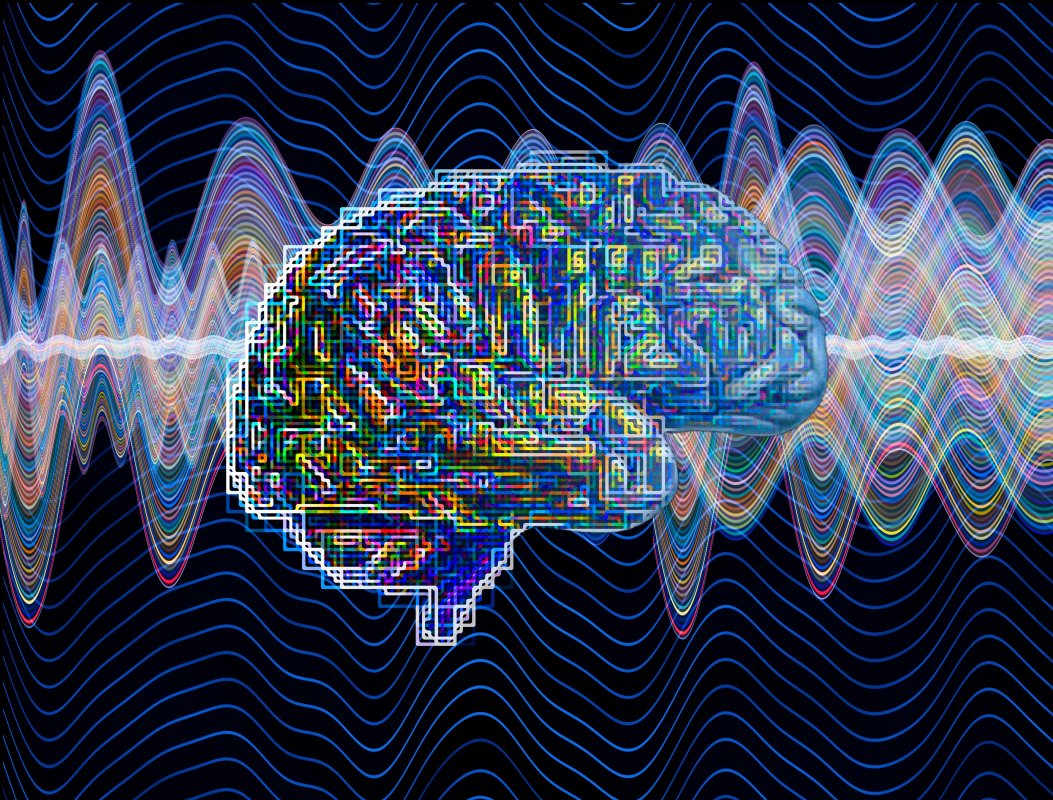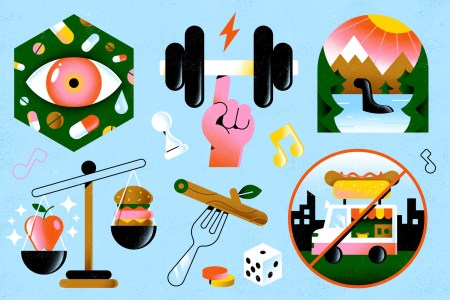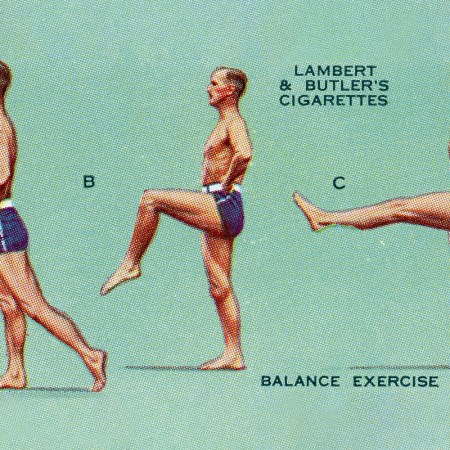About a decade ago, neuroscientists at the University College London published some fascinating research on the brain size and structure of London taxi drivers.
In short: the cabbies’ brains were plumper than those of their peers, and particularly in the hippocampus region, which is closely associated with memory. Over years of traversing the capital’s inner maze of over 25,000 streets, these drivers seem to literally develop more grey matter. Their neural networks had become as complex as the city they were navigating.
As one Boston University neurobiologist commented on the analyses: “[This] shows you can produce profound changes in the brain with training. That’s a big deal.”
What Is “Neuroplasticity”?
This is one of the most illustrative examples we’ve got of “neuroplasticity,” or the brain’s ability to reorganize itself, by forming new neural connections throughout life. Why would we want this sort of restructuring to begin with? Well, an ever-rewiring brain is also a more resilient (or “youthful”) one.
The more you seek out neuroplasticity, the likelier you are to remember things, learn new skills, adapt to environments and protect yourself from cognitive decline. Consider: neuroplasticity is a critical part of the rehabilitation process for stroke victims. Patiens perform tests and tasks — from speech therapy to simple cooking — that are intended to help them redevelop their cognitive functioning. It’s a tough road, but progress is possible.
You don’t need to be a neuroscientist (or to have suffered a stroke, god forbid), to apply these tenets to your own life. While prioritizing neuroplasticity will likely reduce your risk of senescence in the long run, it’s also just a prescription for better moment-to-moment living. Any thoughtful attempt to increase your neuroplasticity is going to increase your senses of wonder and accomplishments as a happy byproduct.
In other words: the more you try to change your mind, the easier it gets. Start with these seven key steps.
100 Ways to Live to 100: The Longevity Fitness Guide
Coastal living, board games, not eating hot dogs. It’s all in here.Seek New Pursuits
There’s a great joke in Barbie, where America Ferrara’s character and her daughter are heading to the mythical Barbieland with Margot Robbie. For a quick second, the daughter asks, “But what about Dad?” There’s a cut to him on the couch at home, playing Duolingo. He fist-pumps after acing an audio recording. The dork will be just fine.
Language-learning apps — and music lessons, pottery classes, the like — are often associated with midlife crises and played for laughs. But whether they’re cool or not…they’re damn effective. Musicians are among the most “neuroplastic” people on the planet. As the Brain Injury Alliance of Arizona explains: “Playing an instrument requires the coordinated efforts of many different areas of the brain, thereby strengthening various neuronal connections. This results in increased signal efficiency.”
If you think about it, this tracks with how non-musician and monolingual people perceive the prospect of picking up an instrument or language deep in their life — either seems all but impossible. But what if you actually went for it? You’d see a massive (albeit impermanent) uptick in focus and memory. You’d adapt. You’d learn.
In seeking out new pursuits you can think long-term (learn Spanish) or everyday (solve a puzzle over breakfast). You can also think physically (fix your golf swing, build a table, etc.) The important thing is that you’re consistently challenging your brain. It will reward you in kind.
Travel Far and Wide
One of our favorite pop psychology/self-help concepts is the idea of memory dividends. They’re the re-experiencing of a standout experience, the idea that making an extra effort (or paying the extra money) now, will guarantee that you can cherish a certain memory for all time. This could be a special dinner, a concert, a trip to Tokyo, or a spontaneous sunset walk with your kid. Anything.
But these extra-effort memories don’t just generate fuzzy feelings down the line — they take you out of your comfort zone in the here and now, forcing you attempt something beyond the tried and true. And this is really good for the brain.
Let’s say you take a two-mile digestive walk every day after lunch. Always the same loop. You’re doing great; we should all be taking constitutionals. But what if you walked in the complete opposite direction tomorrow? Where would it take you? What would you see? Would you be late for your 2:00? Maybe, but force-feeding yourself new sights, smells and navigational patterns will strengthen the brain.
International travel, as you can imagine, is an absolute Thanksgiving feast for neuroplasticity. Even a crowded line at a smelly airport — however much you’d give to snap your fingers and get the hell out of there — is doing something for your brain.
Don’t Sequester Yourself
A recent study published in JAMA Network Open highlighted the perils of living alone with cognitive decline, which unfortunately includes 25% of Americans with dementia. This cohort is more likely to engage in unsafe driving, forget doctor’s appointments and mix up medications. It’s scary stuff, and made worse by the country’s rising rate of kinless seniors — older people who have no partners, children or siblings to speak of.
These trends highlight the importance of (a) maintaining social interactions and (b) living in/around enriching environments. Both encourage neuroplasticity, while eschewing them can exponentialize cognitive decline.
How can you tell if you’re too sequestered? Don’t sweat the city versus country argument. Think about whether you can claim a third place. Outside of the home (your first place), and your work, if you’re still working (your second place), is there a third place where you can go to exchange ideas, hear stories and meet new people? Is there anywhere where you can rely on to be a regular? This could be a cafe, or a gym, or a bar.
Take note that in pursuing neuroplasticity, you’re not necessarily showing up to brand-new settings every single day. You’re putting your brain into situations where new things can happen.
A Guide to the Best Life Hacks From the Last 100 Years
Miracle mornings, presidential matrixes and more. These approaches can actually change your life.Hang With Young People
An offbeat antidote for social isolation? Cross-generational relationships. Recent profiles by The New York Times and Insider have documented some pretty impressive friendship gaps — think up to 40 years of difference, in some cases, between neighbors, colleagues, couples, you name it.
That might sound crazy, but then, so is the casual intensity with which we segregate age groups…even though interaction between people born at different times is positively linked with happiness and longevity. When different generations get together, good things happen. The older end of the friendship gets a burst of energy, as the younger gets a steady stream of guidance. (And over time, as is common in any friendship, those roles can take turns or reverse.)
This one harkens back to the language point from earlier. In some ways, different age groups speak different languages. They have different reference points, different slang, different appreciations. Making the effort to understanding those words and values is a worthy challenge for the brain.
Challenge Your Opinions
Let’s take a moment here to acknowledge: none of this is supposed to be easy. The human response system is a booby-trapped forest of cognitive biases. Our brains work overtime to convince us that we are right, that our opinions have more value because they were framed by our own experiences. This natural disposition reaches a fever pitch online, where stubbornness and “hot takes” are rewarded with likes and follows, and people prefer to present themselves as confident and incontrovertible.
But in the long run, our brains benefit best from a healthy heat check. Consider the intellectual virtue of epistemic humility, which states one can never know something for sure. Knowledge is imperfect, temporary, ever-under review. At some point down the line, it might be challenged.
This mental framework encourages flexibility, contrition and open-mindedness…which puts you in pole position for a more neuroplastic future. There’s nothing cognitively challenging about trotting out the same anecdote for years on end. But conceding that that anecdote might not be the full story? And listening to what others have to say on the topic? And bookmarking the whole discussion for later? That’s powerful stuff. That’s where change happens in the brain.
Move Around and Often
You know you’re supposed to move more. That fact will appear in every wellness-adjacent guide until the end of time. And most of the steps expressed here can’t occur without some sort of commitment to movement.
Just know that you don’t have to exercise like a triathlete in order to derive neuroplasticity from exercise. Depending on your age and aspirations, feel free to aim for a more manageable cadence, like four 30-minute bouts of exercise each week. (In which brisk walking counts.) Exercise specifically increases the production of a protein called brain-derived neurotrophic factor (BDNF), which supports the survival of existing neurons and encourages the growth of new neurons and synapses.
Not to mention, exercise can literally grow your hippocampus, the cranial region that London cabbies inadvertently bolster by driving around all day. (Doing so with a few swims a week is better for your back.)
Get Your Eight Hours
There are a number of tiny things you could start doing to increase neuroplasticity, like solving crossword puzzles, performing tasks with your non-dominant hand, or eating lots of omega-3 fatty acids. Knock yourself out. But if you do nothing else, make sure you’re sleeping seven to nine hours each night.
Cycling through every sleep stage on a nightly basis ensures that the brain’s “relevant connections” are strengthened, and its irrelevant ones are pruned. (The process is literally called synaptic pruning. Imagine old branches being cut from a tree, or old files being dragged to the trash bin at the bottom right of your screen.) While you sleep, the brain takes its chance to encode useful memories and ditch whatever isn’t useful anymore.
It also uses those seven-plus hours to reset itself and get ready for the next day. You don’t want to show up to your saxophone lesson on five hours of shut-eye. You and your (down but not out) brain deserve better.
Whether you’re looking to get into shape, or just get out of a funk, The Charge has got you covered. Sign up for our new wellness newsletter today.

























